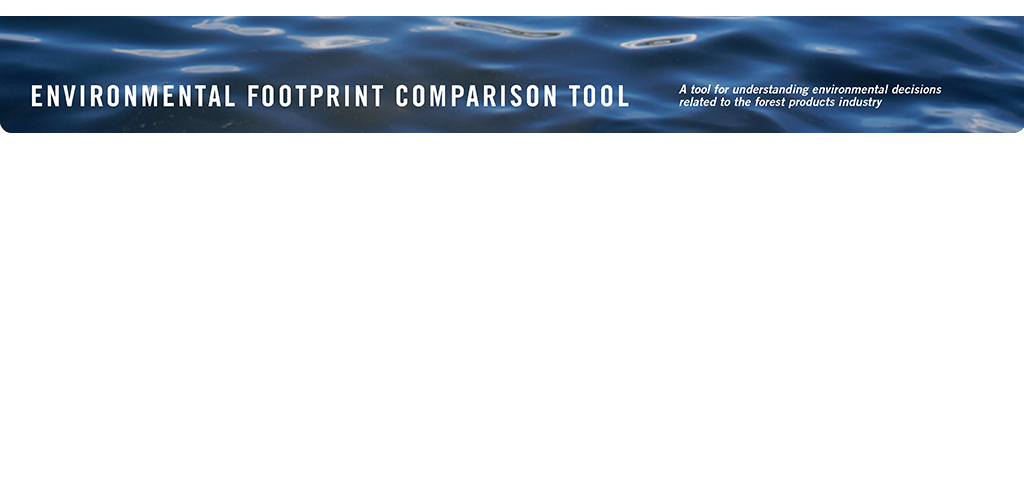
When a pulp and paper facility reduces the amount of water used, chemical concentrations and
temperatures in the mill water system often increase. This can result in increased emissions of a number
of volatile compounds found in mill water systems.
For instance, a typical water reduction strategy in chemical pulp mills is to recycle evaporator condensate
to the brownstock area. This can double or triple methanol air emissions in process vents.
Mills using elemental chlorine free (ECF) bleaching, that seek to recycle a portion or all of their bleach
plant effluent to the recovery area, may find substantial increases in gaseous hydrochloric acid (HCl(g))
emissions from the kraft recovery boiler.
Reducing water use can reduce energy requirements, resulting in reductions of combustion-related
emissions to air. The inverse question, regarding the effects of reducing combustion-related air emissions
on water use, is examined in the section of this Tool on SOx and NOx.
More information on the relationship of water reuse and emissions to air can be found by following the links to the right.

More information:
Organic air emissions
Inorganic air emissions
- ENERGY
- GREENHOUSE GASES
- CHLORINATED COMPOUNDS
- WOOD USE
- ODOR
- EMISSIONS TO AIR
- DISCHARGE TO WATER
- SOLID WASTE
- Lowgrid12
- Lowgrid14
- Lowgrid15
- Lowgrid18
- Lowgrid19
- Lowgrid23
- Lowgrid24
- Lowgrid25
- Lowgrid26
- Lowgrid28
- Lowgrid28
- Lowgrid28
- Lowgrid29
- Lowgrid29
- Lowgrid29
- Lowgrid32
- Lowgrid33
- Lowgrid35
- Lowgrid35
- Lowgrid36
